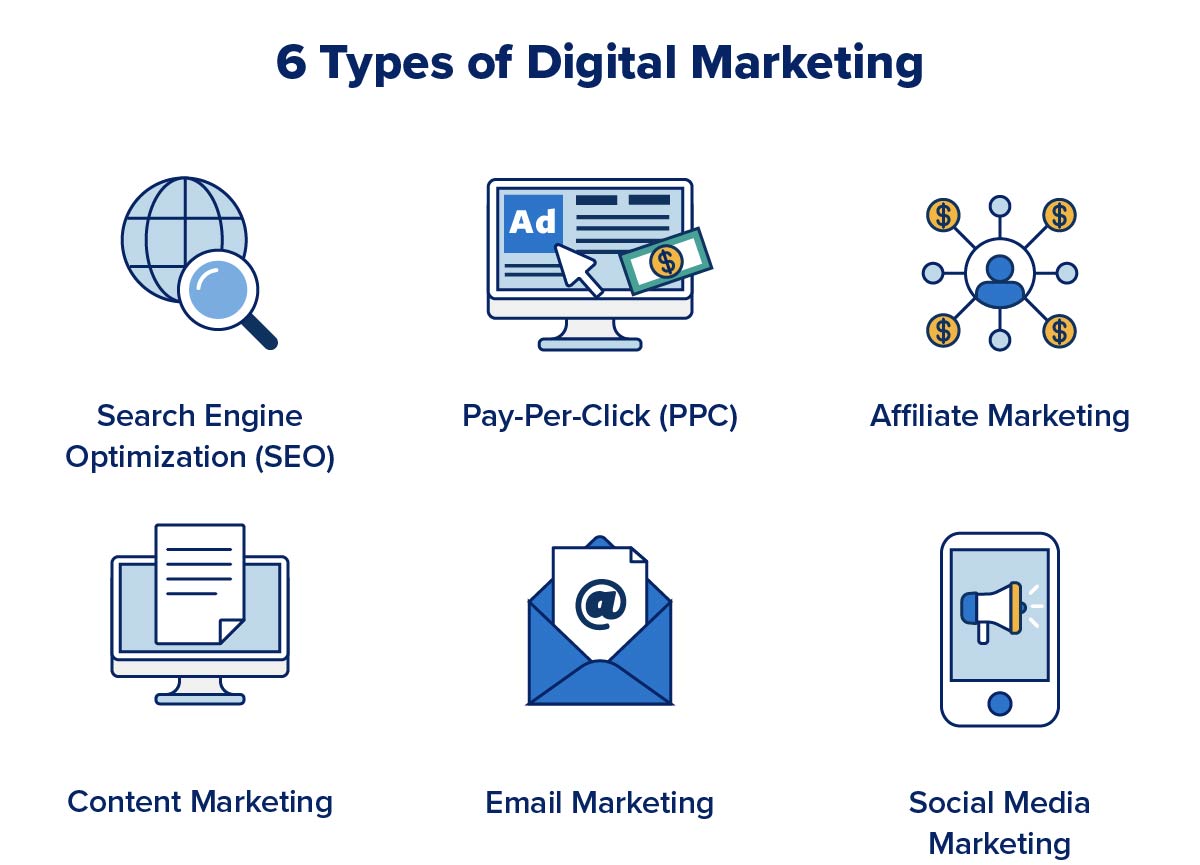Redefine Visual Appeals with Web Design Carlsbad: Where Charm Meets Function
Wiki Article
Enhance User Experience and Drive Traffic With Responsive Web Style
In today's digital landscape, where customers are accessing websites from a wide range of devices, responsive internet layout has actually become more vital than ever before. With its capacity to adapt and perfectly adapt to different screen sizes, receptive style not just enhances individual experience however likewise drives traffic to your web site. Why is this design approach so essential? Exactly how does it increase customer engagement and rise website traffic? In this conversation, we will check out the crucial elements of reliable receptive style, dig into the most effective methods for its execution, and reveal the secrets to enhancing user experience while driving more website traffic to your web site.Why Responsive Website Design Issues
Receptive website design is a vital aspect of modern internet growth because of its capacity to guarantee ideal customer experience across various tools and display dimensions. With the expansion of smart devices, tablet computers, and other mobile devices, it has actually ended up being important for websites to adapt and give seamless performance no matter the tool being made use of.The main reason why responsive website design issues is that it permits customers to have a constant and satisfying surfing experience, regardless of the tool they are using. A receptive site instantly adjusts its design, layout, and material aspects to fit the display dimension and resolution of the tool, ensuring that customers can conveniently communicate and browse with the site without any kind of inconvenience or aggravation.
Additionally, receptive web style also plays a considerable duty in search engine optimization (SEO) Browse engines, such as Google, focus on websites that are responsive and mobile-friendly in their search outcomes. By including receptive layout principles, sites can enhance their visibility and ranking, causing raised natural website traffic and potential customers.

Boosting User Involvement With Responsive Layout
Enhancing customer involvement is a crucial goal of receptive layout, as it guarantees that customers can quickly accessibility and communicate with web site content on any kind of device. With the boosting use tablets and mobile phones, it is essential for web sites to adapt to different display dimensions and resolutions. Responsive style makes it possible for web sites to automatically readjust their layout and content to provide a smooth user experience throughout tools.Among the primary ways responsive layout enhances user interaction is by lowering load times. With a receptive site, individuals do not have to wait on separate mobile versions to lots, leading to quicker access to material. This improved speed results in greater customer contentment and motivates them to invest even more time on the website.
Additionally, responsive design improves customer engagement by boosting navigation and customer interface (The Ad Firm web design agency). When a website is designed responsively, food selections and switches are maximized for touch interactions, making it simpler for individuals to connect and browse with the website on their mobile devices. This easy to use and instinctive experience maintains users engaged and motivates them to check out even more of the site
Moreover, responsive layout enables far better web content presence and readability. By adapting the design and typeface dimensions to various devices, responsive internet sites guarantee that customers can quickly comprehend the content and check out. This improves individual involvement by decreasing the need for scrolling or The Ad Firm zooming to check out the text.
Boosting Web Site Website Traffic With Responsive Internet Style
With the growing appeal of smart phones, having a website that is receptive to various display sizes and resolutions is crucial for driving boosted traffic. In today's digital landscape, customers are accessing websites from a range of gadgets such as smartphones, tablets, and desktop computer systems. Each of these gadgets has various display dimensions and resolutions, and if your internet site is not developed to adapt to these variants, it can bring about a poor individual experience and a loss of possible website traffic.
Responsive website design makes sure that your internet site looks and functions efficiently throughout all tools. By making use of flexible grids, fluid images, and media queries, responsive style allows your site to automatically adjust its material, layout, and navigation to fit any screen dimension. This suggests that customers will certainly have a smooth surfing experience no matter whether they are making use of a large desktop computer or a tiny mobile phone computer.
Crucial Element of Reliable Receptive Style
Effective receptive layout incorporates a number of key elements that ensure a smooth customer experience across different tools. Among these aspects is versatile grids and layouts. By utilizing family member systems like percentages rather than repaired units like pixels, designers can develop designs that adjust and scale to fit different display sizes. This permits material to be displayed in a visually attractive and readable way on any tool.An additional essential component is media queries. These enable designers to use various styles and formats based upon the features of the user's gadget, such as display size and positioning. By utilizing media inquiries, developers can optimize the presentation of web content for each gadget, ensuring that it is quickly obtainable and legible.
Receptive images are likewise crucial in effective responsive layout. Images that are too big can reduce web page lots times on smart phones, while images that are as well tiny might appear pixelated on larger screens. By utilizing strategies such as receptive photo resizing and careless loading, developers can guarantee that pictures are suitably sized and maximized for each and every gadget.
Last but not least, effective receptive layout involves a mobile-first approach. This implies focusing on and making web content for mobile phones initially, and afterwards boosting the layout and broadening for bigger displays. This method guarantees that one of the most vital material is quickly accessible on smaller sized screens, while still supplying an abundant experience on larger gadgets.
Finest Practices for Applying Receptive Web Design
Implementing receptive internet style needs careful consideration of numerous finest methods to guarantee an optimal customer experience throughout various gadgets. Here are some key ideal methods to follow when implementing receptive web layout.To start with, it is crucial to focus on mobile users. With the raising supremacy of mobile devices, making for mobile-first has become necessary. Start deliberately for smaller displays and afterwards considerably improve the format for larger displays.

Another vital finest method is to optimize images for various display resolutions. Big images can reduce the filling time of your web site, especially on smart phones with slower links. Use responsive images that can be resized based upon the gadget's screen resolution to boost efficiency.
Additionally, examination your web site on different tools and screen sizes to ensure a regular and seamless experience. There are various screening tools readily available that can assist you identify any type of concerns and make needed adjustments.
Finally, prioritize functionality and ease of access. Make certain that your web site is very easy to browse, with clear and concise content. Make certain that your website comes to people with handicaps and follows access guidelines.
Final Thought
In verdict, receptive web layout plays an important duty in improving user experience and driving website traffic to websites. By adopting responsive design concepts, internet sites can make certain optimal checking out experiences across different gadgets, leading to enhanced user involvement.Enhancing individual involvement is a key objective of responsive layout, as it ensures that individuals can conveniently accessibility and interact with web site web content on any type of gadget. Responsive design allows web sites to automatically adjust their design and web content to provide a seamless customer experience across tools.
Furthermore, receptive layout improves customer engagement by improving navigation and individual interface.Receptive photos are likewise vital in efficient receptive style. By embracing responsive layout principles, web sites can make sure optimum checking out experiences across different tools, leading to boosted customer involvement.
Report this wiki page